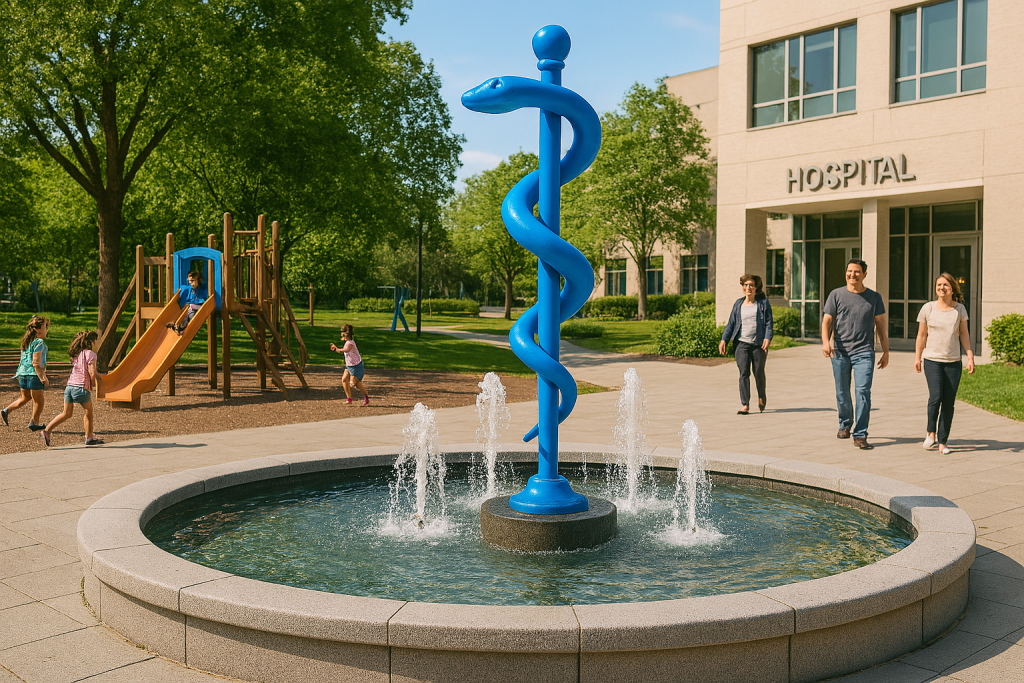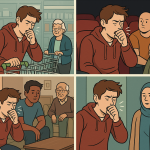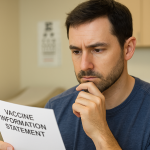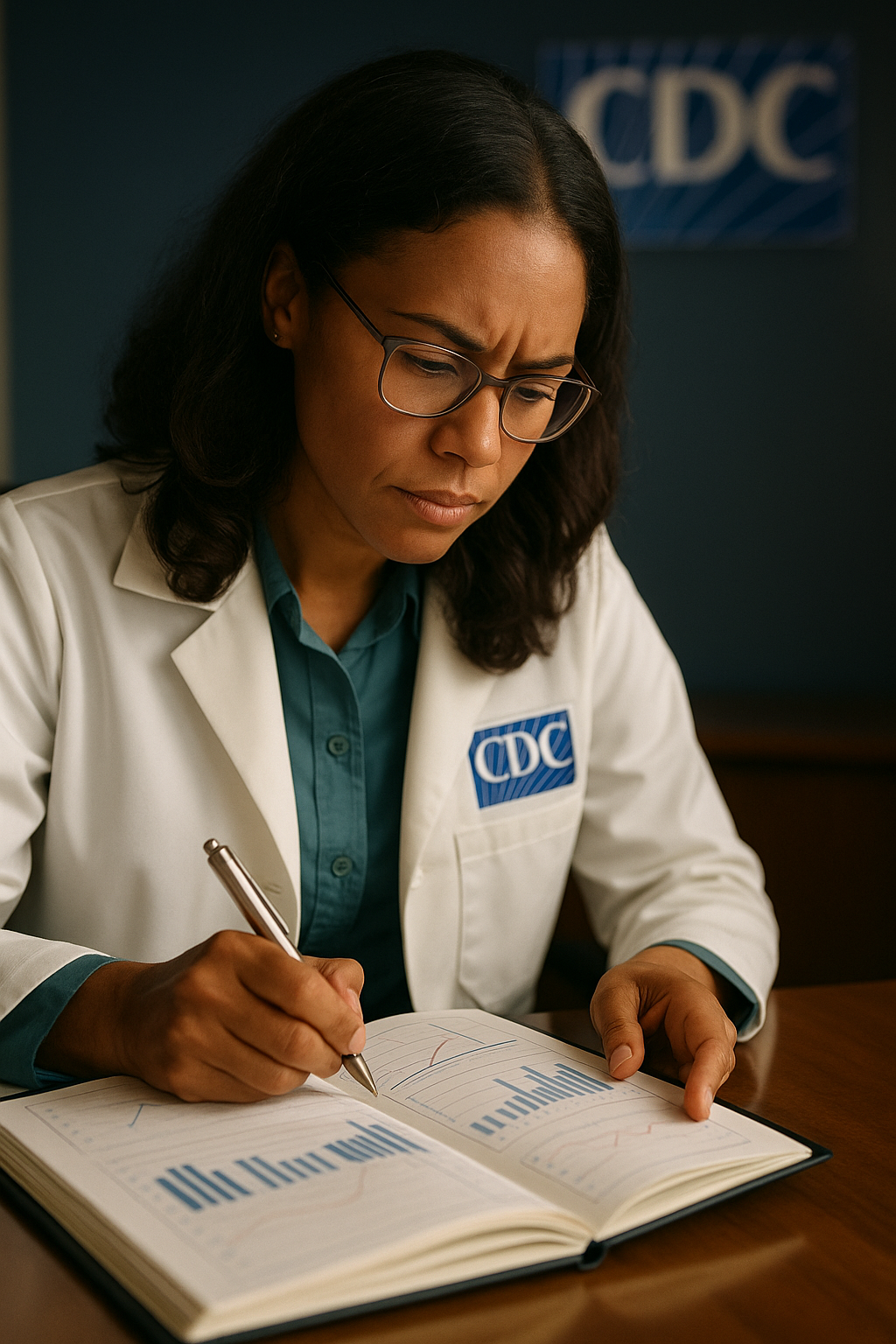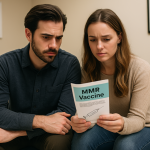Come Geek Out With Us: Public Health, in Charts
When you think about medical miracles, what comes to mind?
Maybe organ transplants. Or robotic surgery. Or CRISPR.
But none of those saved as many lives as something far less glamorous: public health.
Clean water. Vaccines. Pasteurized milk. Handwashing.
The unglamorous stuff. The invisible stuff.
Yet these humble interventions are the true reason your life expectancy today is hovering around 77 years — instead of, say, 47.
Let’s geek out.
🧮 Let’s Start With a Chart
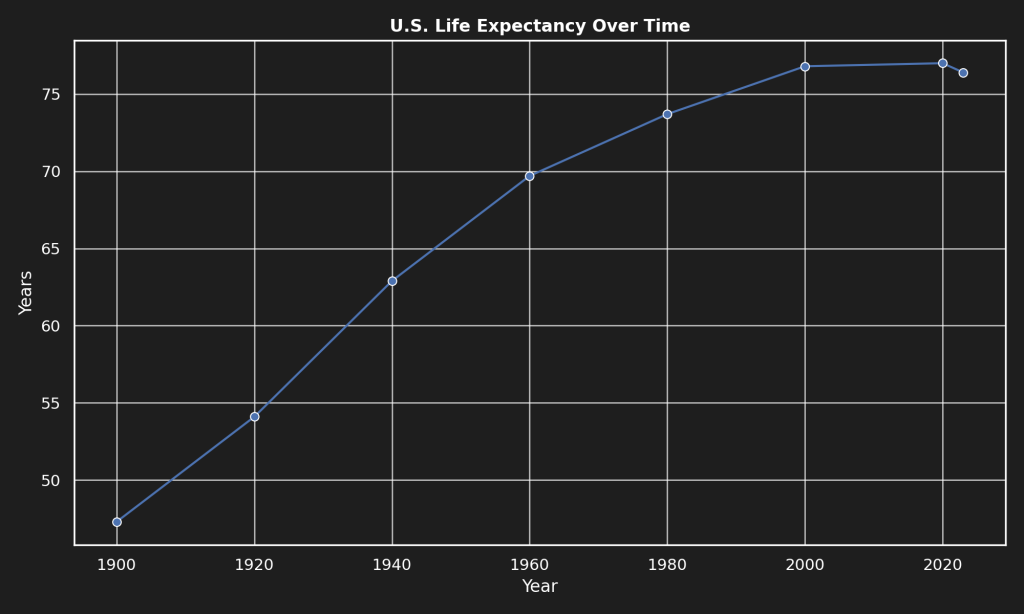
In 1900, life expectancy in the United States was 47 years.
Today? Around 77 years, even after the COVID setback.
So what caused this 30-year leap?
It wasn’t MRIs.
It wasn’t designer drugs.
And it definitely wasn’t Instagram wellness hacks.
It was mostly public health — a field that, paradoxically, gets less attention the more it succeeds.
🛠️ What Actually Drove the Drop in Death?
🚰 1. Clean Water & Sewer Systems
In the early 1900s, cities were disease incubators. Outbreaks of cholera, dysentery, and typhoid were routine.
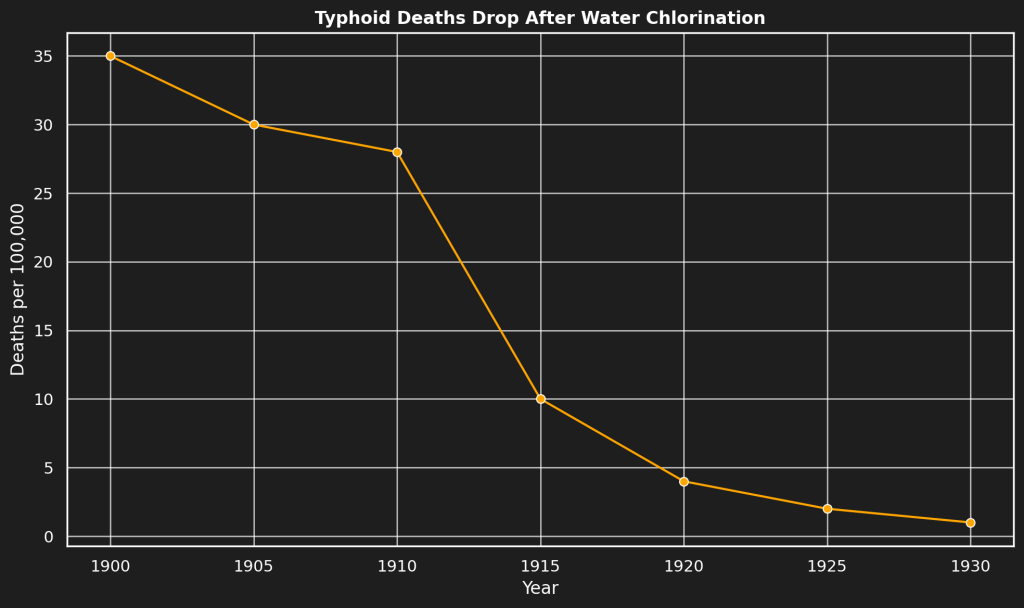
- In New York City alone, over 4,000 people died from typhoid in 1906.
- After widespread chlorination and filtration were implemented, those numbers plummeted.
👉 A CDC study found that clean water accounted for nearly half the decline in U.S. mortality in the first half of the 20th century.
💉 2. Vaccination
Vaccines didn’t just change individual lives — they transformed society.
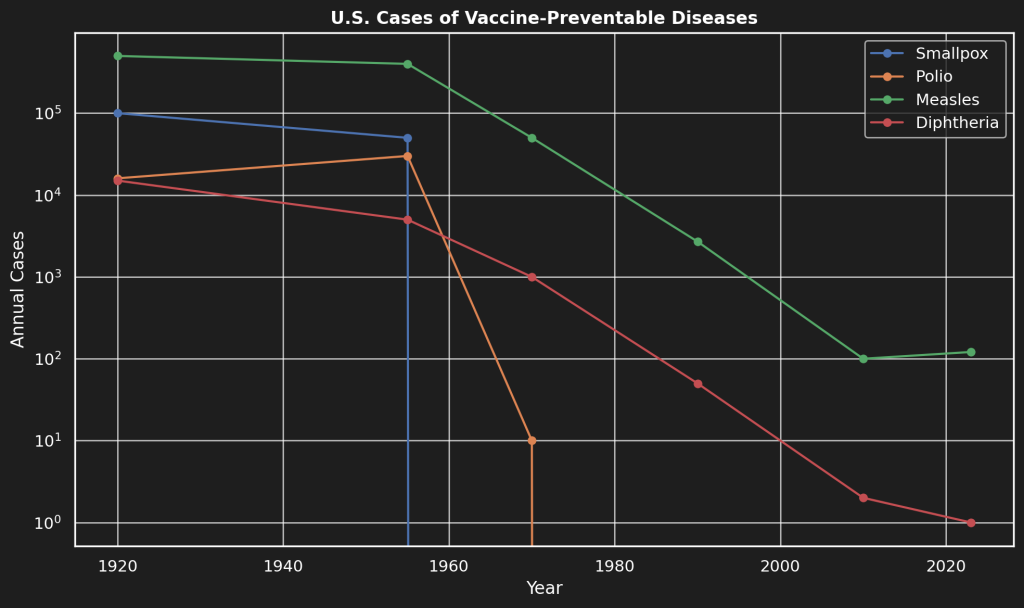
- Smallpox: killed 30% of those infected. Declared eradicated in 1980.
- Polio: paralyzed tens of thousands per year in the 1950s. U.S. eliminated it by 1979.
- Diphtheria: killed over 15,000 U.S. children in 1921. Today: essentially zero.
🧼 3. Handwashing and Infection Control
Before germ theory, doctors would go from autopsies to childbirth without washing their hands.
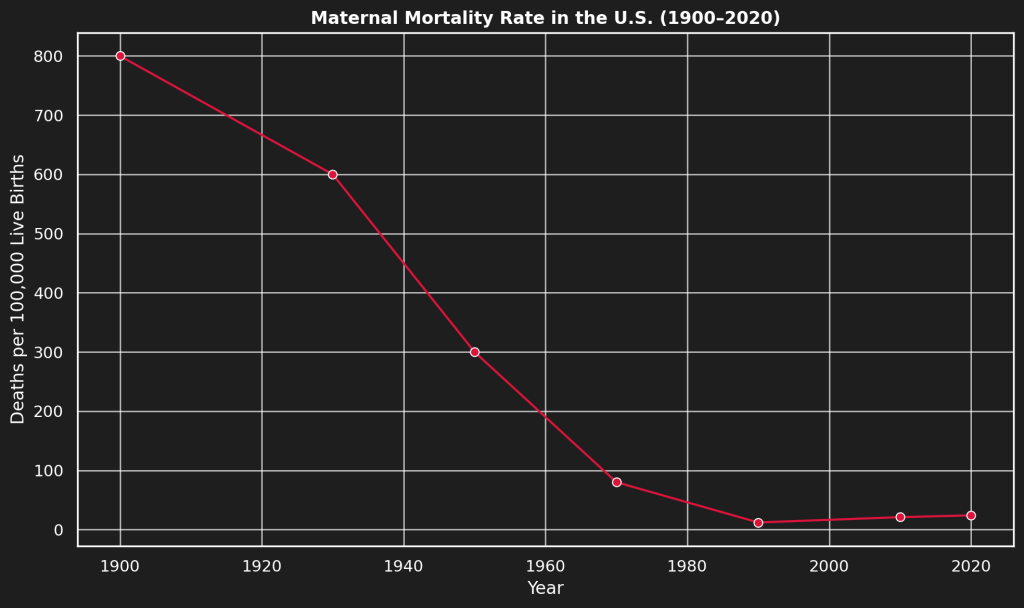
https://www.cdc.gov/nchs/maternal-mortality/index.htm
- In the 1840s, Hungarian physician Ignaz Semmelweis showed that handwashing reduced maternal death rates from 18% to 2%.
- He was mocked. Today, handwashing is basic protocol — and still one of the most powerful tools we have.
🥛 4. Milk Pasteurization and Food Safety
In 1900, milk was a common vector for tuberculosis, typhoid, and brucellosis.
- Pasteurization, refrigeration, and regulation turned milk from a deadly gamble into a public staple.
- These efforts, along with broader food safety laws, saved tens of thousands of lives annually by mid-century.
📢 5. Public Health Campaigns
Public health isn’t just about infrastructure — it’s about education, too.
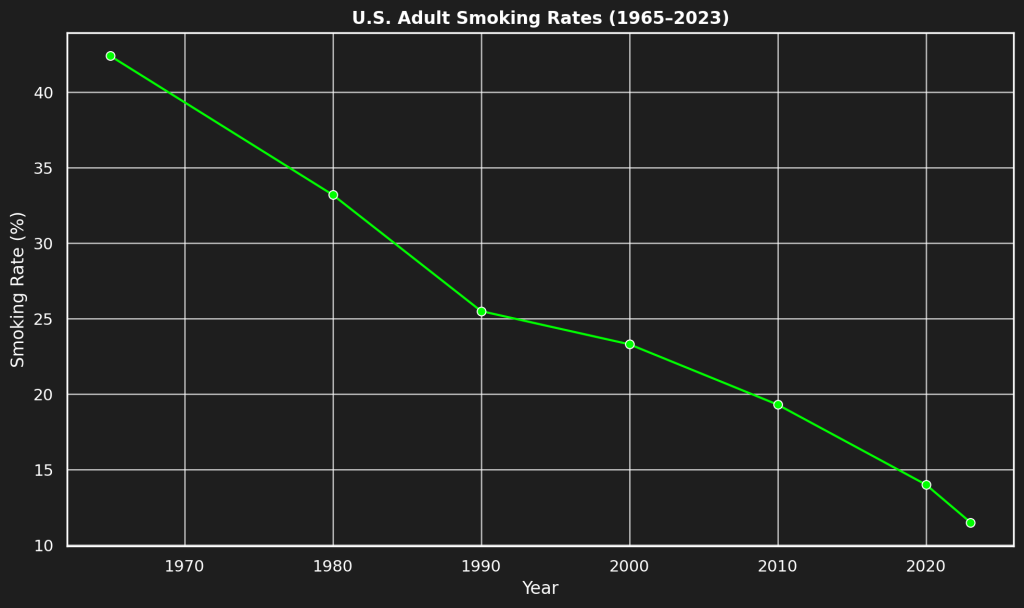
https://www.cdc.gov/tobacco/data_statistics/fact_sheets/adult_data/cig_smoking/index.htm
- Seat belts cut motor vehicle deaths by nearly 50%.
- Anti-smoking campaigns dropped U.S. smoking rates from 45% in 1965 to under 12% in 2023.
- HIV treatment and prevention turned a fatal epidemic into a manageable condition.
🤔 But Why Don’t We Talk About This?
Because when public health works, nothing happens.
You don’t get cholera.
Your kids don’t die of measles.
You don’t bury your spouse after a tetanus infection.
There’s no drama. No headlines.
Just another ordinary day, made possible by someone you’ve never heard of, working in a field you never think about.
As Steven Pinker put it:
“The past is a shockingly violent, cruel, and ignorant country — and we should be very glad we don’t live there.”
📊 Geeky Stats to Bookmark
- In 1900, 1 in 10 children in the U.S. died before age 5.
Today: fewer than 1 in 200. - Maternal mortality in 1940: ~800 per 100,000 births.
Today: ~20 (and we should still do better). - Global life expectancy in 1900: ~31 years.
Today: over 72 years.
🧠 Why This Matters Now
Misinformation is spreading.
Public health officials are under attack.
Vaccines are being politicized.
Basic hygiene practices are being questioned.
When we forget how much we gained from these “boring” interventions, we become more likely to lose them.
Public health saved us — quietly, invisibly, and profoundly.
It’s time we gave it the credit it’s due.
Last Updated on June 30, 2025

